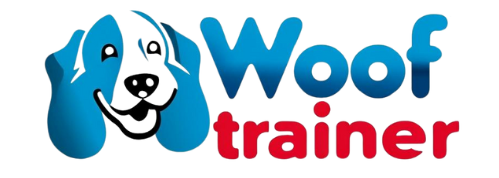Every dog owner knows the frustration of watching a food or water bowl skid across the floor. Messy eaters, enthusiastic drinkers, or dogs that paw at their dishes can turn feeding time into chaos: kibble scattered across the kitchen, puddles that create slip hazards, and scratched hardwood floors.
At the heart of the problem is stability. Under the broader topic of dog bowls, one feature rises above the rest for controlling mealtime mess—non-slip design. And when combined with stainless steel, which is already the gold standard for hygiene and durability, the result is a game-changing feeding solution.
Why Choose Stainless Steel in the First Place?
Veterinarians consistently recommend stainless steel because it is non-porous, resists bacteria, doesn’t absorb odors, and is dishwasher-safe. Unlike plastic, it won’t scratch easily or harbor harmful microbes. Ceramic bowls may look stylish, but they can chip or crack over time, exposing pets to sharp edges or contaminants.
For a deeper dive into why stainless steel is favored over other materials, see Stainless Steel vs. Plastic and Ceramic Dog Bowls: An In-Depth Comparison.
How Non-Slip Technology Changes the Game
The “non-slip” function usually comes from silicone or rubber bases, suction pads, or textured undersides that create friction against the floor. This grip keeps the bowl anchored, even when a large dog leans in with enthusiasm.
Cleaner Floors, Happier Owners
When a bowl doesn’t slide, food stays inside, water stays contained, and cleanup time is reduced dramatically. One Labrador owner, for example, reported an 80% drop in water spills after switching from a lightweight steel bowl to a non-slip version with a silicone base.
Less Stress for Dogs
Dogs feed more comfortably when their dish stays in place. Instead of nudging or chasing it mid-meal, they can focus on eating calmly. Stability is especially helpful for anxious pets or multi-pet households where mealtime competition already creates stress.
Longevity and Cost Savings
High-quality stainless steel bowls already last for years. Adding a secure base means less floor damage, fewer replacements, and more value over time.
Practical Use Cases
- Messy eaters: High-energy breeds that paw at bowls won’t send dinner flying.
- Raised feeders: A non-slip base prevents wobbling when bowls sit in elevated stands.
- Slow feeders: Stainless steel slow-feed bowls with rubber grips combine portion control with stability.
- Varied flooring: From hardwood to tile, a quality non-slip base keeps bowls steady.
For pet owners comparing different designs, A Buyer’s Guide to the Best Stainless Steel Dog Bowls highlights which models excel in non-slip performance.
How to Maintain the Non-Slip Base
Many dog owners don’t realize that the rubber or silicone grip needs maintenance too. Over time, oils, dirt, and food residue reduce friction, making even the best bowl slide again.
- Routine cleaning: Wash the base with mild soap and lukewarm water weekly.
- Deep refresh: Soak the base monthly to restore tackiness.
- Replacement: If the grip wears out, replace the base rather than discarding the stainless steel bowl itself.
These small habits extend the life of the bowl and ensure it stays effective.
Choosing the Right Bowl
When selecting a non-slip stainless steel dog bowl, consider:
- Base quality – thick silicone or rubber performs better than thin strips.
- Weight and thickness – heavier bowls are harder to push.
- Ease of cleaning – removable grips allow thorough washing.
- Size and fit – match the capacity to your dog’s breed and eating style.
- Non-toxic materials – make sure the grip is BPA-free and safe for pets.
For pet parents new to stainless steel, The Ultimate Guide to Stainless Steel Dog Bowls is a good starting point before narrowing down to non-slip options.
Final Thoughts
For owners tired of constant spills and sliding dishes, a non-slip stainless steel dog bowl offers the perfect blend of hygiene, durability, and stability. It reduces cleanup, keeps dogs more comfortable during meals, and stands the test of time. By investing in one, dog owners can turn chaotic mealtimes into calm, efficient routines.
FAQs
1. Will the non-slip base scratch my floor?
No—quality silicone or rubber bases grip without damaging surfaces.
2. Can I put the bowl in the dishwasher?
Yes, but remove the rubber base first if it’s detachable.
3. How often should I replace the non-slip base?
It depends on wear, but many last years. Replace only if the grip loses effectiveness.
4. Is a non-slip bowl suitable for giant breeds?
Yes, but choose a heavier, wide-bottomed design to maximize stability.
5. Are there slow-feed options with non-slip bases?
Yes, many stainless steel slow feeders integrate anti-slip grips.
6. Do non-slip bowls work on carpeted areas?
They help, but carpets reduce grip. Hard surfaces like tile or wood are more effective.

